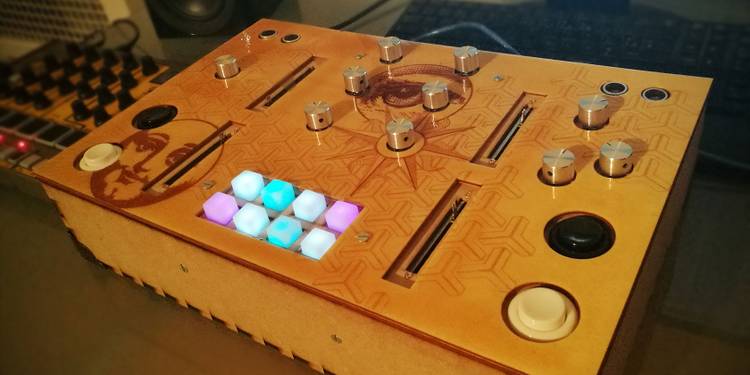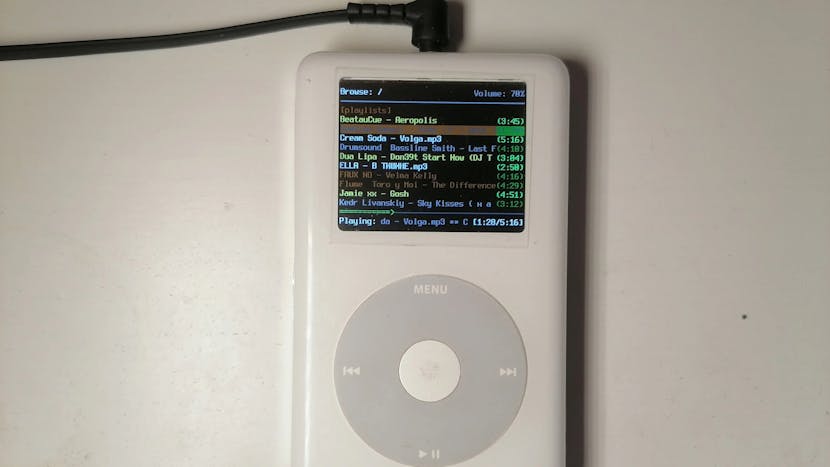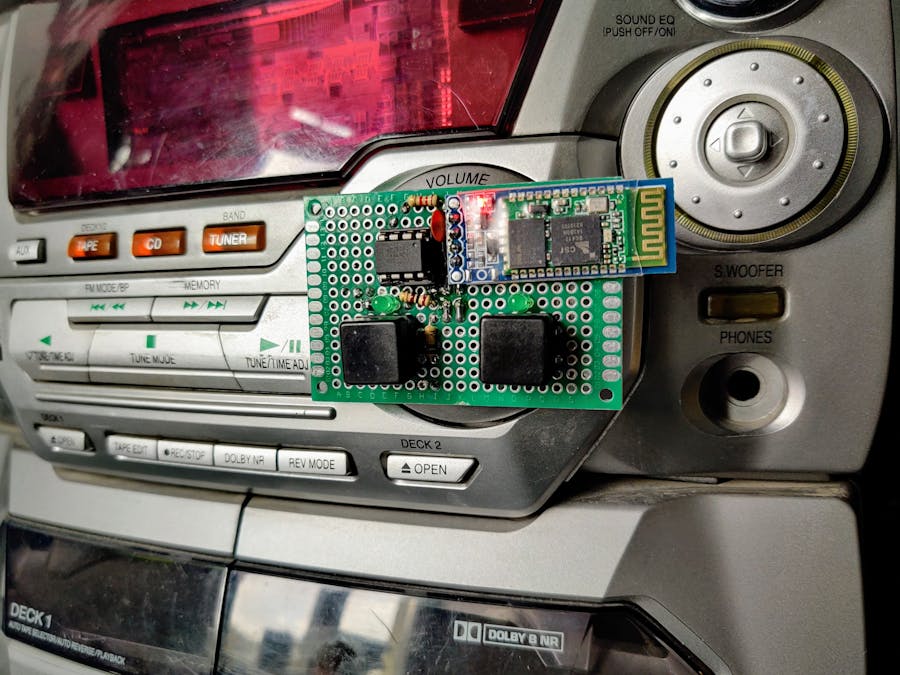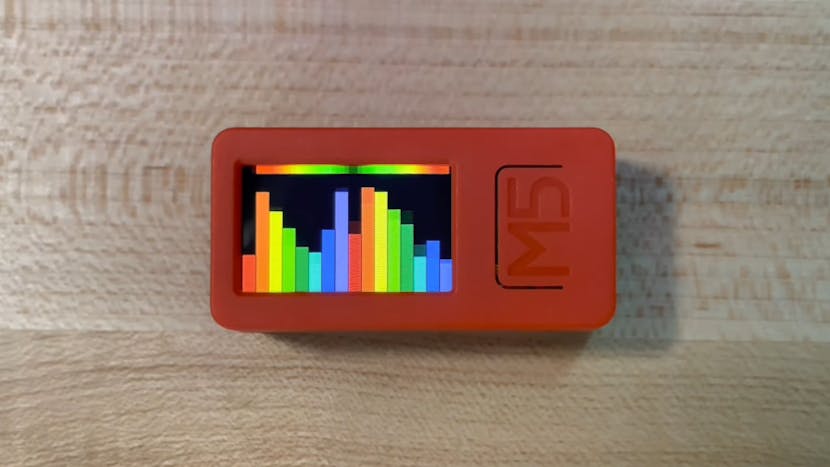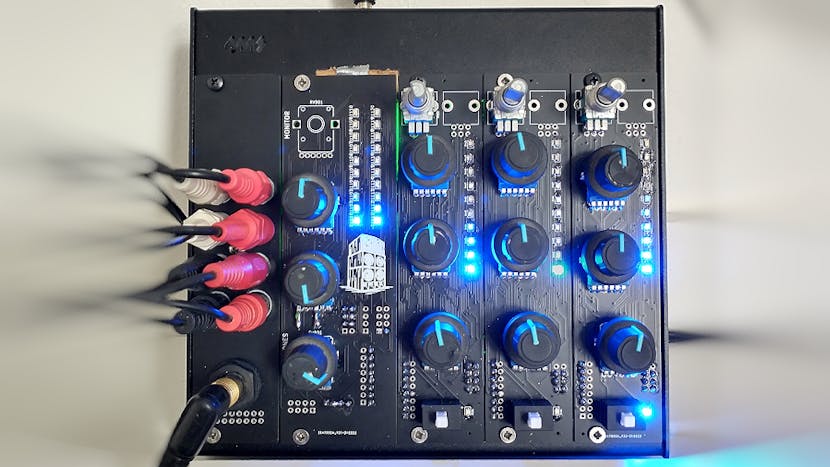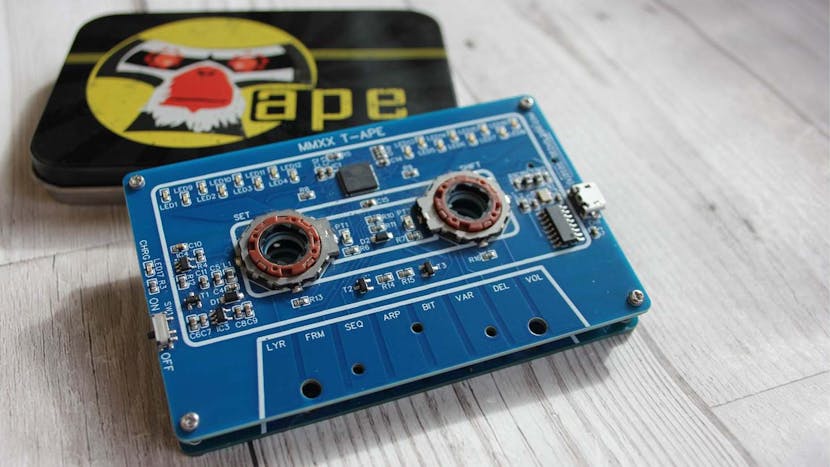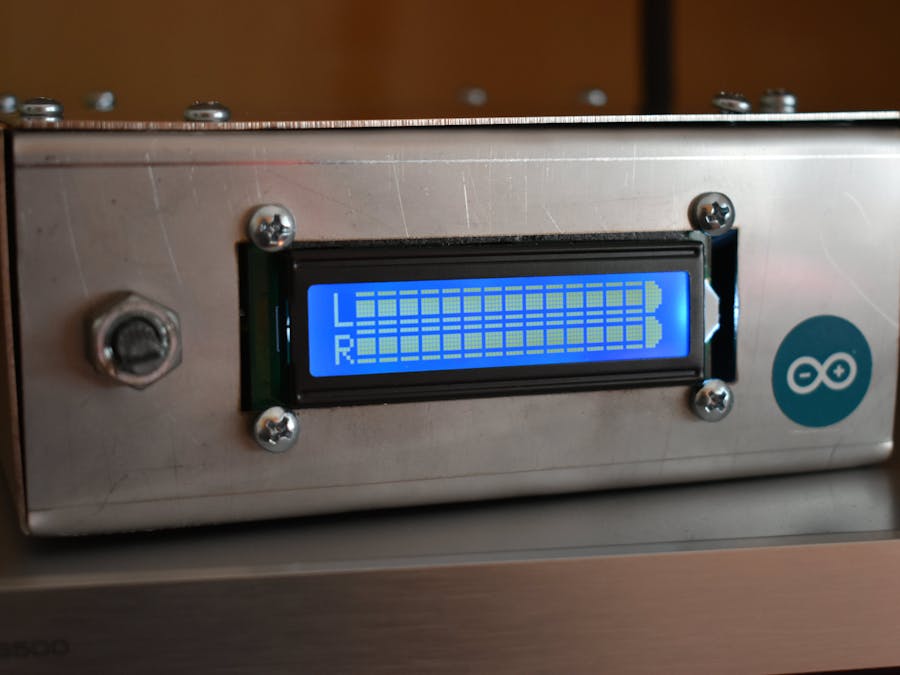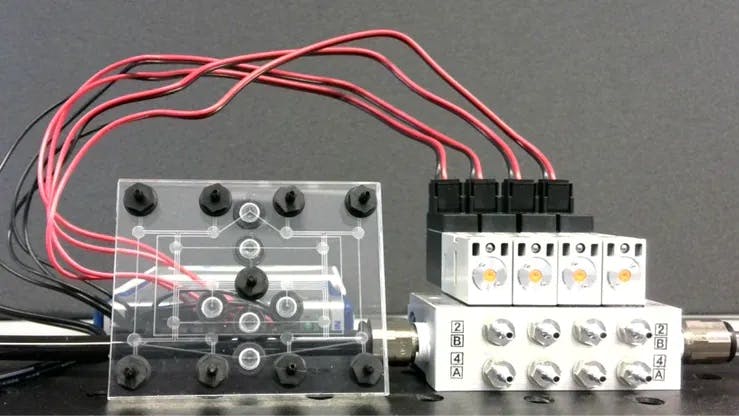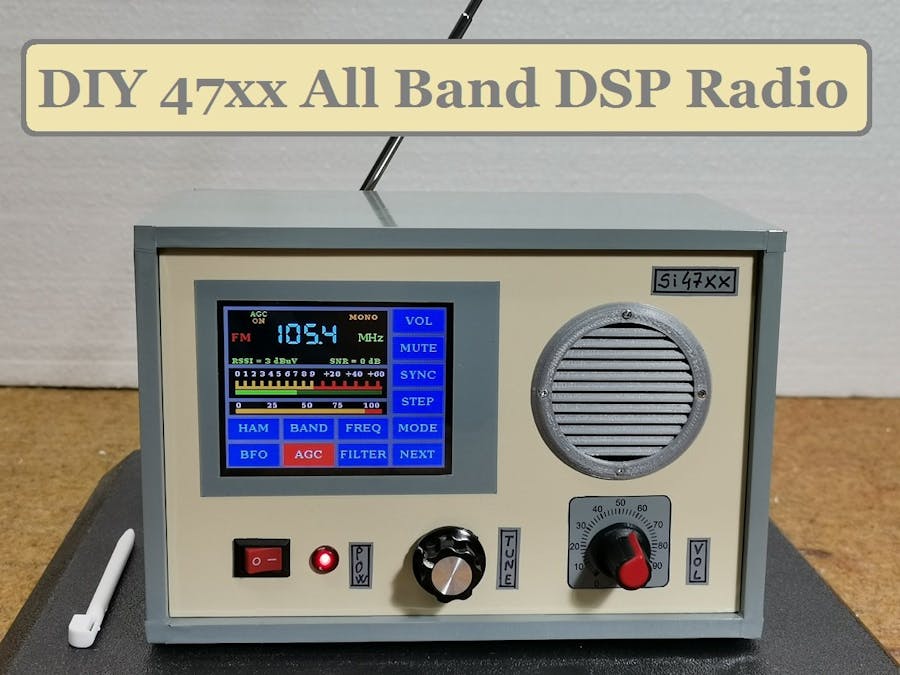Designed with modularity in mind, this build wasn’t exactly straightforward — and Kent discusses the troubleshooting stage in detail.
Engineer Sam Kent has designed a modular Eurorack-compatible stereo DJ mixing system, featuring XLR and line-level outputs, a cuing system, and volume meters.
“Inspired by Eurorack modular synthesizers and the boutique mixer market, the project aims to design and build a simple and customisable DJ mixer,” Kent explains. “The design is op-amp based, with filters implemented as 12db/oct active inverting filters, 10k ohm output impedances, and buffered potentiometers acting as voltage dividers for the controls.”
Read more…
